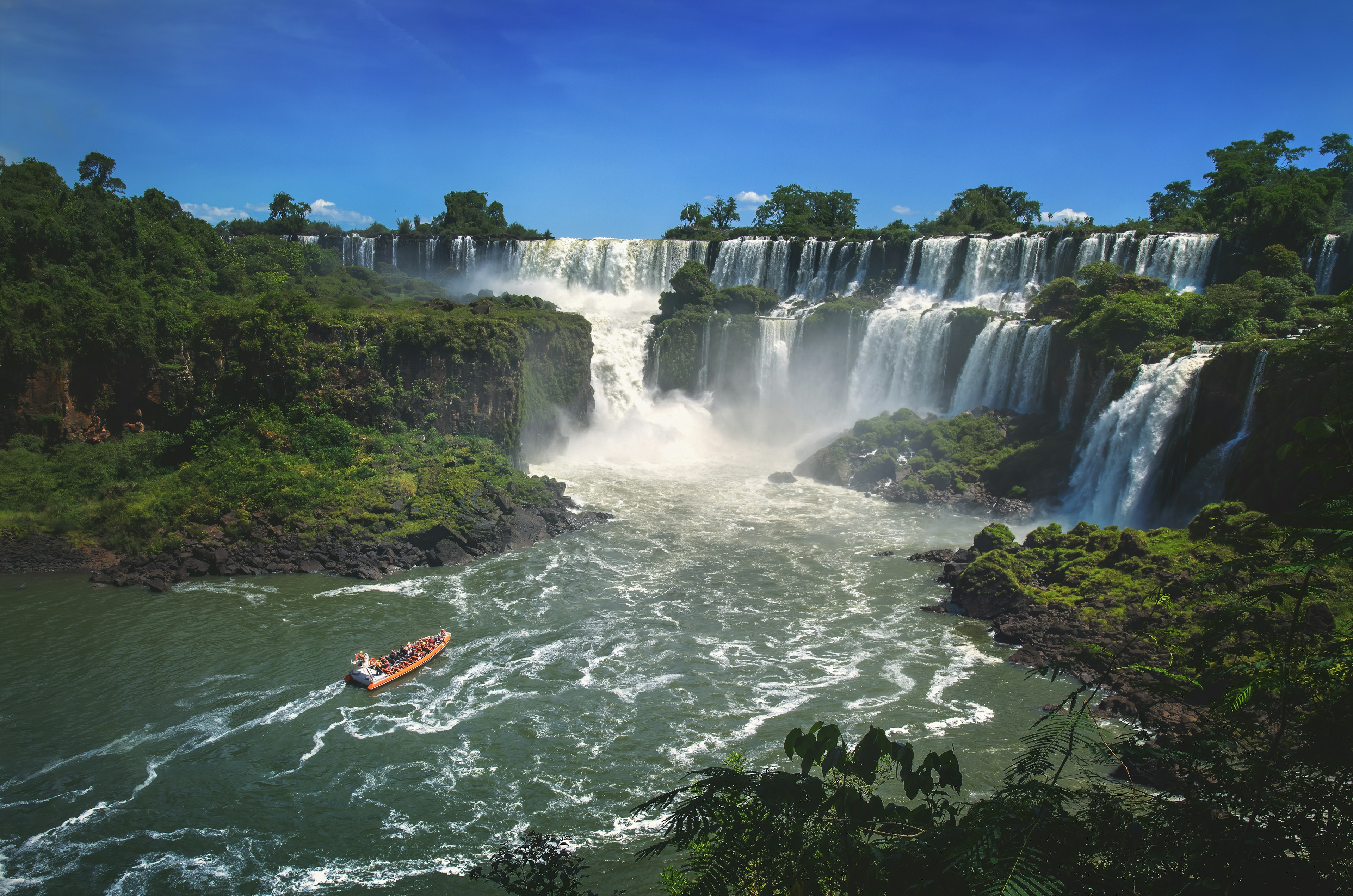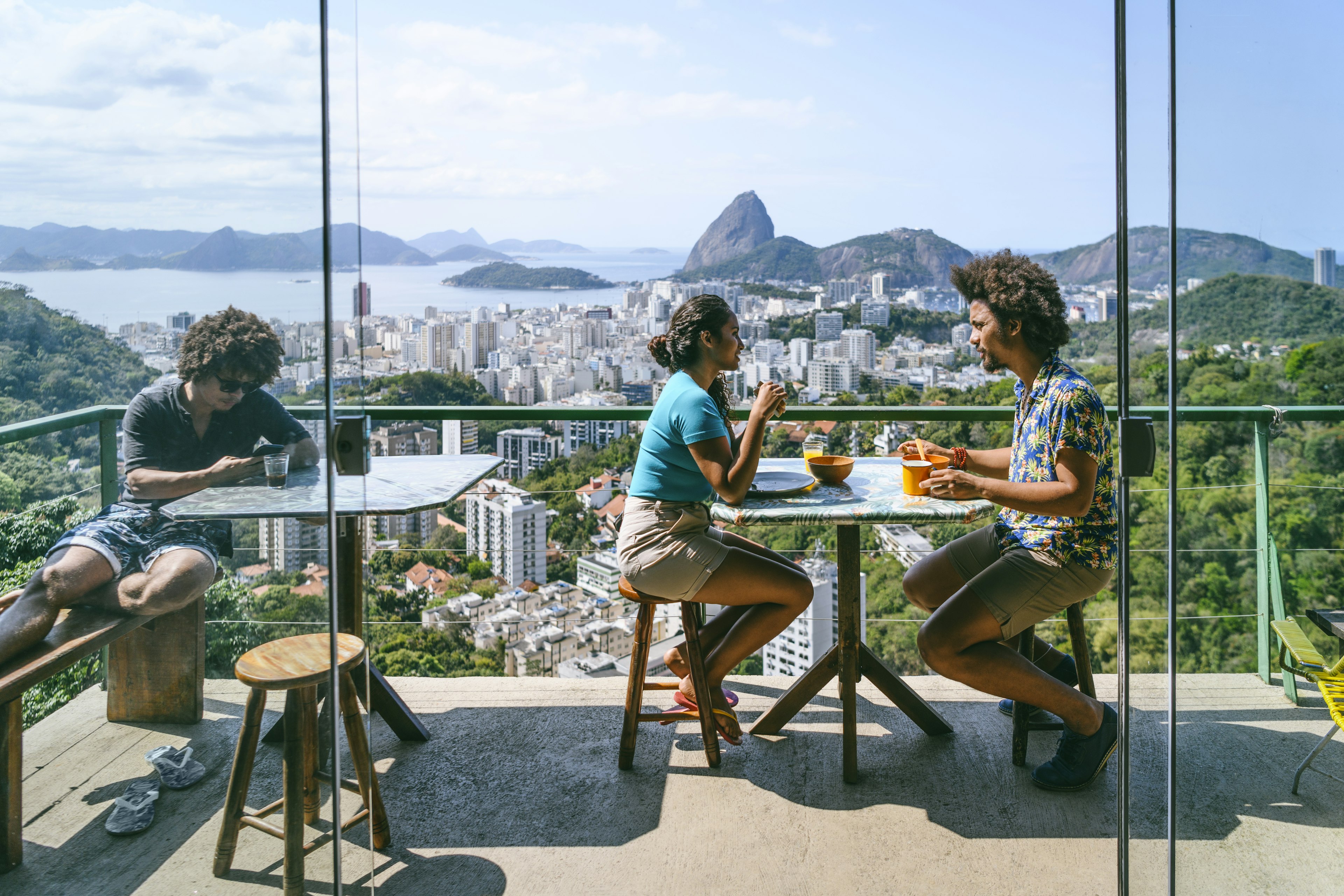
Dec 13, 2024 ã 4 min read

Dec 12, 2024 ã 5 min read

Keep these tips in mind and you'll have a relaxed trip to Brazil. Shutterstock
Just mention that youãre planning a trip to Brazil, and the idea will instantly conjure up images of sunny beaches and the infectious rhythm of a samba beat or the sultry melodies of bossa nova.
From the iconic yellow and blue kit of its national soccer team, the flamboyant outfits of the Carnaval dancers, and the famously fruity headpiece of Carmen Miranda, Brazilãs cultural impression on the world has been wide-reaching.
But as a Brazilian-American it always surprises me how little others know about the vast countryãs many diverse regions and day-to-day customs.
I grew up snacking on pûÈo de queijo (cheese bread) and brigadeiros (chocolate truffles), and Iãve been visiting Brazil since I was a kid. Now I return regularly to visit family and explore new regions.
There are endless ways to experience Brazil, but these are the top things to know if you want to plan a trip to Brazil that goes above and beyond.

The energy of Copacabana Beach and the alluring biodiversity of the Amazon Rainforest may have captured the worldãs attention, but thatãs really the tip of the iceberg when it comes to Brazilãs natural beauty.
Adventurous nature lovers will find Brazil to be a treasure trove with a wealth of geographical diversity.
In the northeastern regions, you can explore the massive dunes and natural swimming pools in the states of ¯ðÝÞý¿¯ªûÀ and MaranhûÈo, or venture to the landlocked state of Tocantins where a vast savannah is home to the remarkably unique park of Ç°ý¿Ý¶ý¿ÝÒûÈÇú.
National parks like Chapada Diamantina and Chapada dos Veadeiros stun visitors with their mountain vistas and waterfalls, not to mention the staggering power of ݾýç°Éý¿ûÏ°É, one of the worldãs largest waterfalls made up of over 200 cascades.
The US is not the only country to lay claim to being a cultural stew. Brazilian culture melds together the customs and traditions of Indigenous, Afro-Brazilan and its many migrant communities.
In SûÈo Paulo, the neighborhood of Liberdade is home to a strong Japanese-Brazilian community; in southern states, you'll notice the visible influence of German immigrants in the region's cross-timbered houses.
Even the street food in Brazil has Lebanese and Italian roots, with kibbeh (fried bulgar wheat and meatballs) and pizza being some of the most popular late-night snacks among locals.
The national dish feijoada, originates from Afro-Brazilian and Indigenous communities who used cassava flour long before the arrival of Europeans in Brazil. This flour is a key ingredient for farofa (toasted cassava flour), the most popular side dish to have with your feijoada.

While Rio de Janeiro boasts Brazilãs most iconic skyline and SûÈo Paulo is a mega-metropolis that hosts many of the countryãs cultural and business institutions, these are hardly the only urban centers in Brazil worth visiting.
Architecture fans should plan a trip to the capital city of Brasilia, where the work of Brazilian architect Oscar Niemeyer takes center stage, while gastronomically inclined travelers should check out Belo Horizonte, the capital of Minas Gerais, a state renowned by Brazilians for its cuisine.
Up north, Salvador is the epicenter of Afro-Brazilian culture, which is the source of the martial art of capoeira and the birthplace of feijoada (a meaty bean stew), Brazilãs national dish.
Outside of the traditional tourism sectors, you wonãt find many Brazilians who speak English, and whatever your level of Spanish may be, it probably wonãt get you far either.
In addition to , you should also prime yourself on pronunciation. For example, an r at the beginning of a word makes an h sound, which means the ãrioã in Rio de Janeiro is pronounced more like ãhio.ã
It may seem like a small detail, but itãs an essential thing to be aware of should you ever need to ask for directions.

In a social situation, a kiss on the cheek is the routine greeting among Brazilians ã even if youãre just meeting someone for the first time.
It doesnãt need to be a full kiss, but cheek-to-cheek contact with a smacking sound is the standard. Itãs typically expected between two women or a man and a woman, but men often opt for a handshake to greet fellow men.
If the situation is more formal, like a business meeting or a simple shopping exchange, you can skip the kiss. The number of kisses also vary by region: in SûÈo Paulo itãs one, in Rio itãs two, and in Bahia, it can be three or more.
Crime is a widespread issue throughout Brazil, especially in large cities and the favelas usually located in the city outskirts. Favela tours are available, but the business is controversial: critics believe these tours to be exploitative and unethical.
Brazilians will generally warn tourists against wearing jewelry when out and openly carrying expensive electronics, especially phones.
This has happened to me many times when Iãm out taking photos, as many people stop to point to my camera with a concerned ãcuidadoã (be careful). Keep your wits about you in crowded areas ã especially ones with many tourists ã and avoid walking alone at night.
Even though Brazil is famous for its Havaianas, Brazilians are serious when it comes to road safety.
Flip-flops can easily get caught on a car's pedals and cause accidents, so if you are caught driving with them, you may get fined. However, it is acceptable to drive barefoot if you donãt have any other footwear on you.

Destination Practicalities
Thereãs something fun in every season in the Florida KeysDec 21, 2024 ã 3 min read

Dec 13, 2024 ã 4 min read

Dec 13, 2024 ã 9 min read

Dec 4, 2024 ã 9 min read



Nov 29, 2024 ã 4 min read

Nov 23, 2024 ã 6 min read

Nov 21, 2024 ã 5 min read
